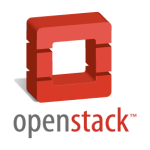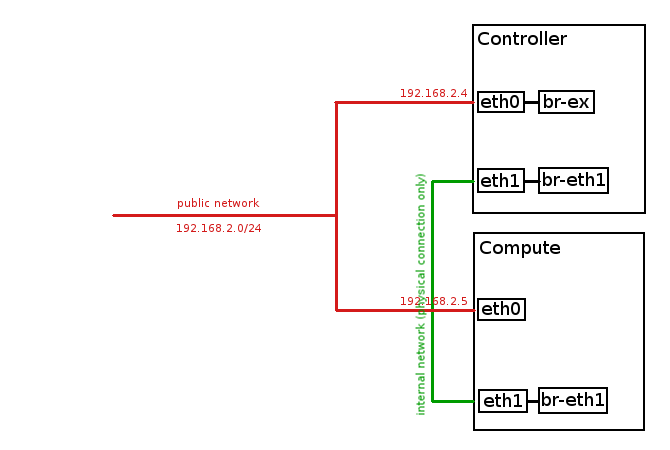Apr 20, 2015
by Grzegorz Juszczak
deploy openstack centos 7, openstack deployment centos 7, openstack installation centos 7, openstack installation red hat 7, openstack installation redhat 7, openstack installation rhel 7, openstack packstack centos 7, openstack packstack red hat 7, openstack packstack redhat 7, openstack packstack rhel 7

OpenStack is a free and open source cloud computing platform developed as a joint project of Rackspace Hosting and NASA. Users primarily deploy it as an Infrastructure as a Service (IaaS) solution. OpenStack cloud consists of many well know technologies like: Linux KVM, LVM, iSCSI, MariaDB (MySQL), RabbitMQ or Python Django.
OpenStack architecture overview:
- Horizon: web browser user interface (dashboard) based on Python Django for creating and managing instances (virtual machines)
- Keystone: authentication and authorization framework
- Neutron: network connectivity as a service
- Cinder: persistent block storage for instances based on LVM
- Nova: instances management system based on Linux KVM
- Glance: registry for instance images
- Swift: file storage for cloud
- Ceilometer: metering engine for collecting billable data and analysis.
- Heat: orchestration service for template-based instance deployment
In this tutorial we will install OpenStack Juno release from RDO repository on two nodes (controller node & compute node) based on CentOS 7 / RHEL 7.
Environment used:
public network (Floating IP network): 192.168.2.0/24
internal network: no IP space, physical connection only (eth1)
public controller IP: 192.168.2.4 (eth0)
public compute IP: 192.168.2.5 (eth0)

Read More

